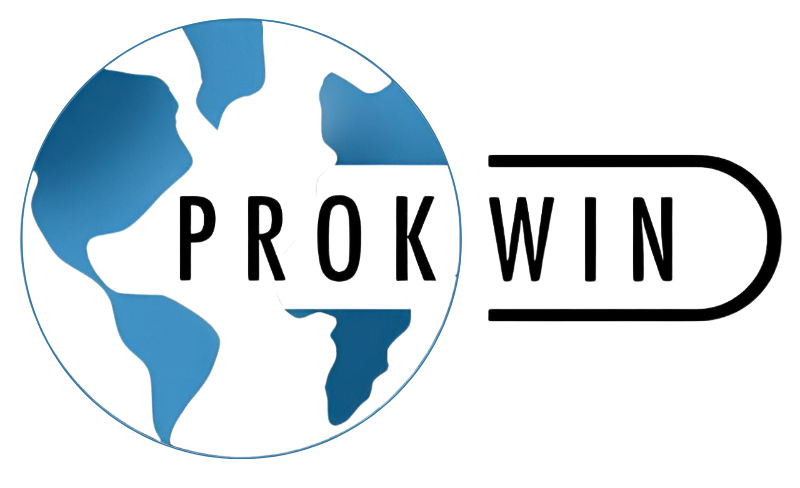Often overlooked, Procurement is a hidden hero of any successful organization. Just like a well-coached football team, a high-performing Procurement function requires:
- Sourcing Specialists: The Forwards
- Agile and aggressive: Just like a striker needs to be quick and decisive on the ball, sourcing specialists must be agile in their market research and aggressive in their pursuit of the best suppliers and deals.
- Hunt down the best deals and drive value: Strikers are constantly looking for scoring opportunities. Similarly, sourcing specialists are constantly “hunting” for the best deals, with the ultimate goal of driving value for the organization.
- Contract Negotiators: The Defenders
- Tough tacklers: Defenders are known for their physicality and ability to win back possession. Contract negotiators need to be equally “tough” in their negotiations, holding firm on their position and ensuring the best possible terms for their organization.
- Hold the line on costs and secure favorable terms: Just as defenders protect the goal, contract negotiators “hold the line” on costs, preventing unnecessary expenses and securing the most favorable terms for their organization.
- Category Managers: The Midfielders
- Orchestrating the play: Midfielders are the engines of the team, controlling the tempo and distributing the ball. Category managers play a similar role, orchestrating the procurement process, connecting with stakeholders, and ensuring smooth operations across different categories.
- Connect stakeholders and ensure smooth operations: Midfielders connect players in different positions. Similarly, category managers connect various stakeholders within the organization, ensuring smooth collaboration and efficient operations.
- Procurement Analysts: The Goalkeepers
- Vigilant and data-driven: Goalkeepers are constantly alert, analyzing the game and anticipating the opponent’s moves. Procurement analysts are similarly vigilant, analyzing data and identifying potential risks and challenges that could impact the procurement process.
- Identify risks and prevent costly mistakes: Just as goalkeepers prevent goals, procurement analysts help prevent costly mistakes by identifying and mitigating potential risks.
- Procurement Leadership: The Coaches
- Setting the strategy, motivating the team, and driving towards championship performance: The coach sets the team’s tactical approach, motivates players, and ultimately drives the team towards victory. Procurement leadership plays a similar role, setting the overall procurement strategy, motivating the team, and driving towards achieving organizational goals.
Just like a championship-winning football team, a high-performing Procurement function requires teamwork, strategy, and a relentless pursuit of excellence.

For Both Soccer Teams and Procurement Teams we also need:
- Solid Foundation:
- Pre-season/Strategic Planning: Thorough preparation is key. Soccer teams focus on fitness, tactics, and team bonding. Procurement teams conduct strategic planning, category reviews, and supplier performance analysis.
- Clear Objectives: Define specific, measurable, achievable, relevant, and time-bound (SMART) goals. This could be winning a trophy for a soccer team or achieving cost savings targets for a procurement team.
- Adaptability and Agility:
- React to Changes: Be prepared to adjust strategies based on unforeseen circumstances. A soccer team might need to change formations mid-game, while a procurement team might need to pivot due to supply chain disruptions or market fluctuations.
- Embrace Innovation: Continuously explore new approaches, technologies, and best practices to gain a competitive advantage. This could involve trying new tactics for a soccer team or implementing new procurement software for a procurement team.
- Teamwork and Communication:
- Open Communication: Foster a culture of open and honest communication within the team. Encourage feedback, share ideas, and celebrate successes together.
- Shared Responsibility: Emphasize that each member plays a crucial role in achieving team goals. Encourage collaboration and mutual support.
- Continuous Improvement:
- Regular Feedback: Conduct regular performance reviews and provide constructive feedback to individuals and the team as a whole. This could involve analyzing match performance for a soccer team or tracking key performance indicators (KPIs) for a procurement team.
- Learn from Mistakes: Analyze past performance, identify areas for improvement, and implement corrective actions. This could involve reviewing game footage for a soccer team or conducting root cause analysis for procurement failures.
What is your favorite?

No responses yet